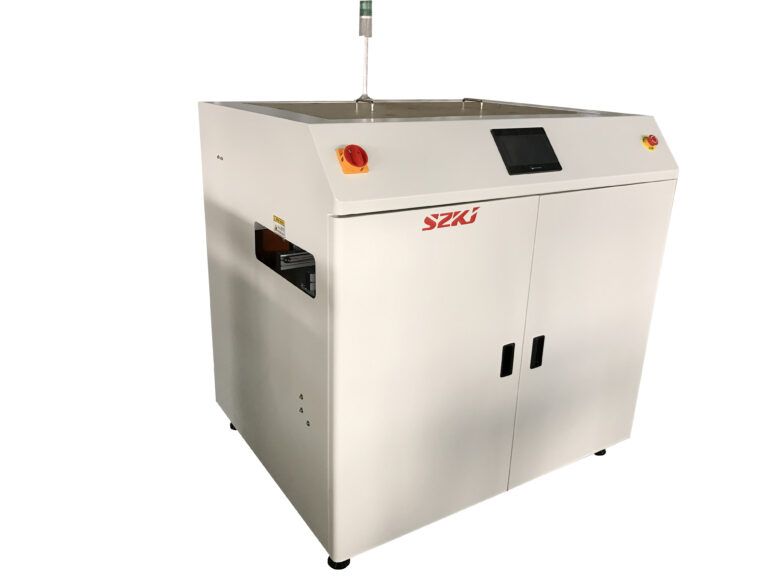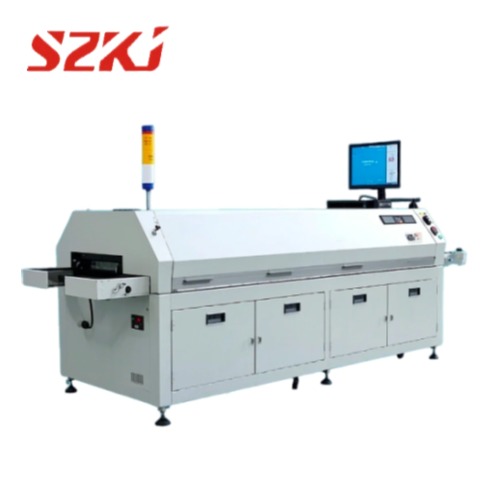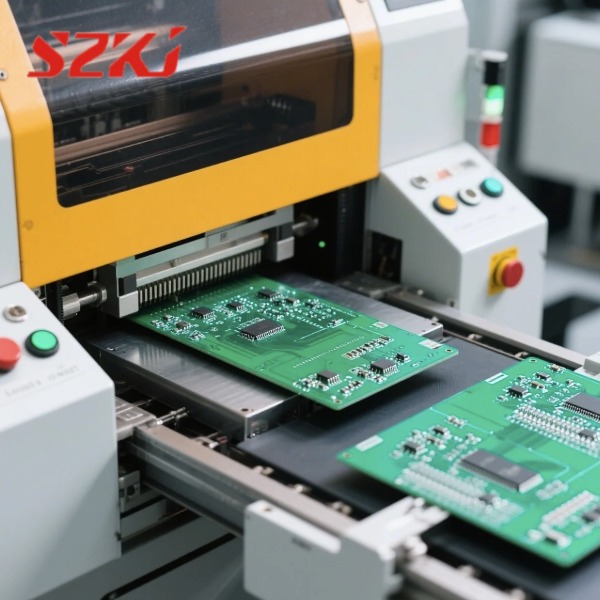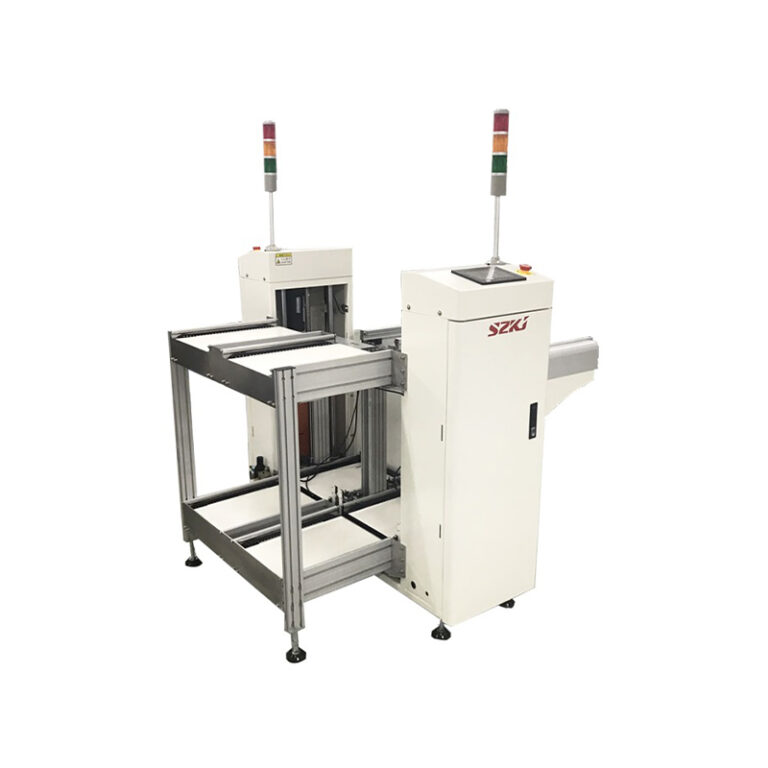Table of Contents
ToggleIn the world of electronics manufacturing, acronyms like SMT, PCB, PCBA, and DIP are commonly used. For anyone involved in electronics design, engineering, or procurement, understanding these terms is crucial. In this article, we’ll break down the meaning and significance of each term, especially focusing on what SMT means and what PCBA full form is.

What is PCB?
PCB stands for Printed Circuit Board. It is the backbone of nearly all electronic devices. A PCB is a flat board that holds and connects electronic components using conductive pathways made from copper. These boards come in different layers—single, double, or multi-layered—depending on the complexity of the circuit.
The main purpose of a PCB is to provide mechanical support and electrical connection for components such as resistors, capacitors, and integrated circuits. PCBs have become essential in consumer electronics, aerospace, and automotive industries.
What is SMT?
You might wonder what SMT means in the context of electronics. SMT stands for Surface Mount Technology. It is a method of placing electronic components directly onto the surface of a PCB. Unlike older methods that required drilling holes (known as through-hole mounting), SMT allows for more compact and efficient designs.
What SMT means for modern electronics is greater miniaturization, improved performance, and reduced manufacturing costs. With SMT, components called Surface Mount Devices (SMDs) are soldered directly onto the surface, allowing both sides of the PCB to be used effectively. This technique is widely used in smartphones, laptops, wearables, and many other compact electronic products.
What is the PCBA?
The PCBA full form is Printed Circuit Board Assembly. A PCBA refers to a PCB that has all its components, either through SMT, DIP, or both, mounted and soldered onto it. In other words, while a PCB is the bare board, a PCBA is the completed board ready to be integrated into a final product.
Knowing the PCBA full form helps differentiate between the design/manufacturing of a board (PCB) and the assembly process (PCBA). The assembly involves not just placing components but also soldering, inspection, testing, and sometimes programming. The PCBA full form often comes up in conversations around outsourcing electronics production or discussing the quality control of assembled boards.
What is DIP?
DIP stands for Dual In-line Package. It is a type of component packaging that has two parallel rows of pins extending from the sides. These pins are inserted into corresponding holes on a PCB and soldered in place. This method is part of through-hole technology, which was widely used before SMT became popular.
While DIP components are larger and take up more space, they are still used in applications that require strong mechanical bonds or easy replacement, such as in educational kits, prototypes, and power devices.
Relationship Between These Terms
Understanding what SMT means and the PCBA full form helps make sense of the overall electronic manufacturing process. Typically, a design starts with a PCB layout. Then, components are added using SMT or DIP methods, resulting in a finished PCBA.
- PCB: The base board
- SMT: Mounting method using surface-mounted components
- DIP: Mounting method using through-hole components
- PCBA: The assembled board with all components in place
In today’s manufacturing world, SMT means faster production times and higher efficiency, while the PCBA full form refers to the final product ready for use. Both terms are essential for understanding how modern electronics are designed and built.
Conclusion
To sum up, understanding the key acronyms in electronics—SMT, PCB, PCBA, and DIP—is vital for professionals and enthusiasts alike. Knowing what SMT means allows you to appreciate the advancements in manufacturing technology, while understanding the PCBA full form gives clarity on the stages of electronic assembly. As technology continues to evolve, these terms will remain foundational in the electronics industry.




